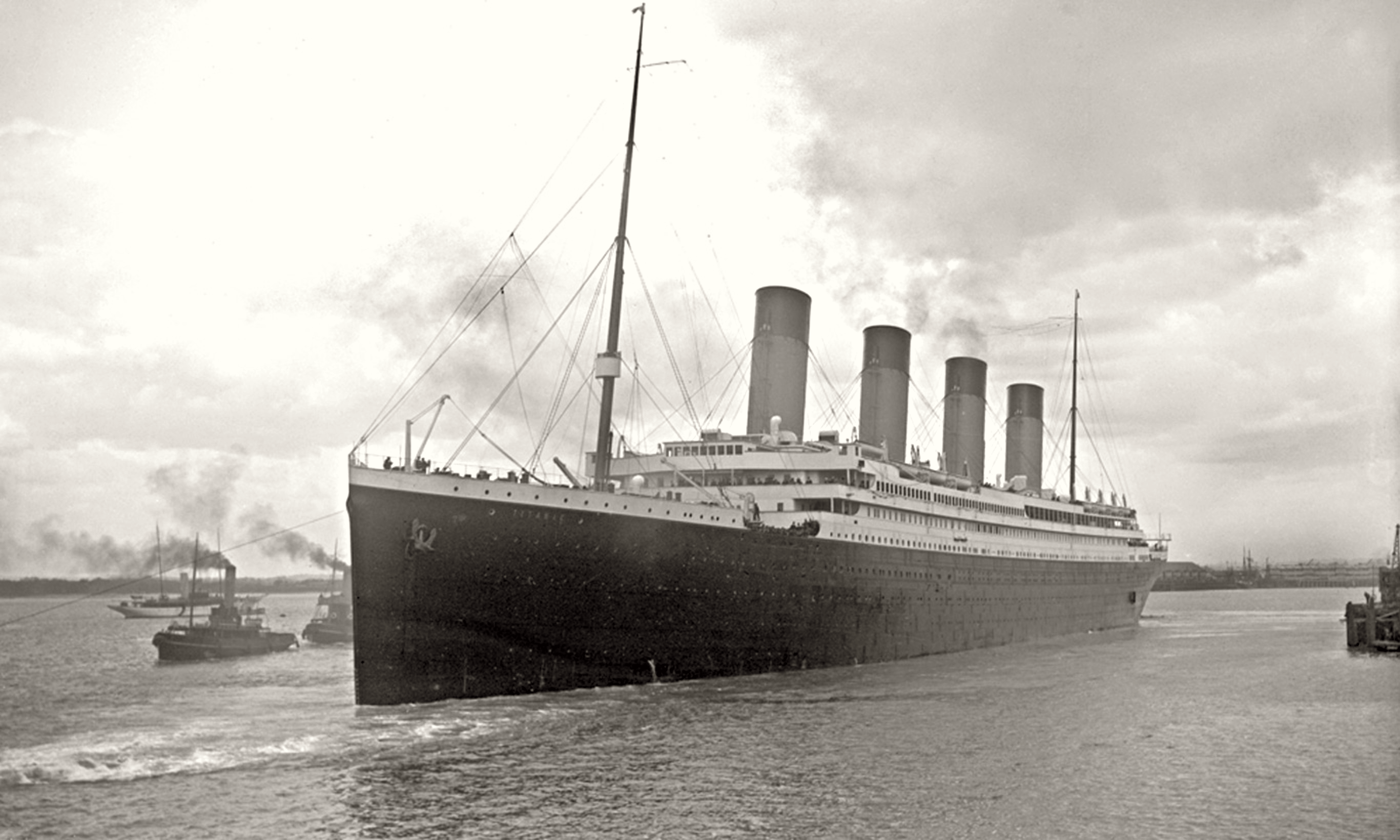Wild Facts About Movie Theaters You Never Knew
Movie theaters have been a cornerstone of entertainment culture for over a century, offering audiences a communal experience that transcends the mere act of watching a film. Even as technology evolves and the ways we consume media change, the allure of the silver screen remains undiminished. This article presents captivating tidbits about movie theaters that might surprise even the most devoted cinephiles. From the architectural marvels of early cinema palaces to the technological innovations that continue to redefine the moviegoing experience, these insights reveal a rich tapestry of history and innovation that underscores the enduring magic of the theater.
1. The Birth of Movie Palaces
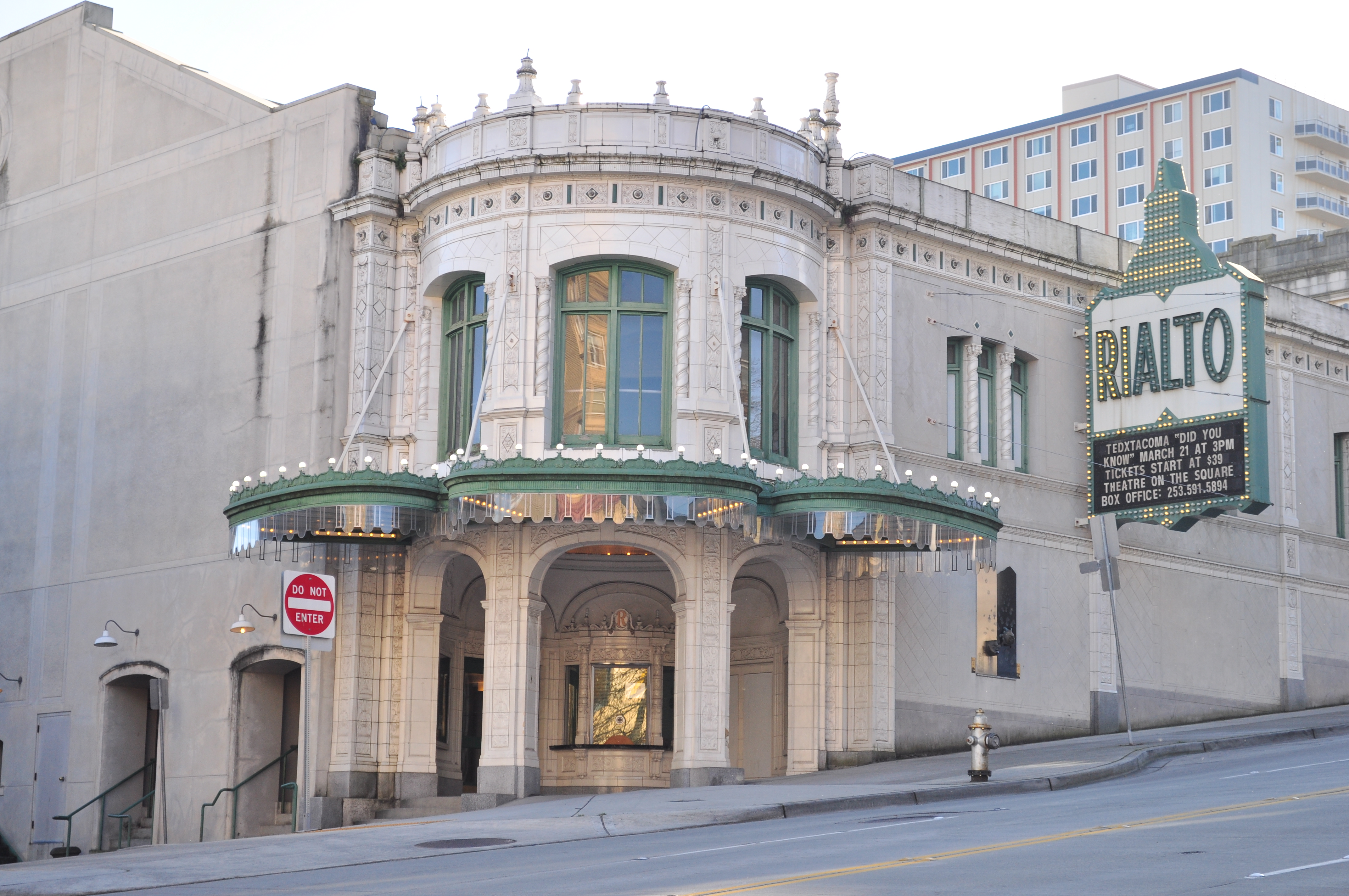
In the early 20th century, movie palaces emerged as opulent venues designed to elevate the film-viewing experience to a grand spectacle. These architectural wonders, often adorned with lavish interiors reminiscent of European opera houses, were built to attract a burgeoning middle class eager for affordable entertainment. The first movie palace, the Strand Theatre, opened in New York City in 1914, setting a precedent for theaters across America. Featuring plush seating, elegant chandeliers, and grand staircases, these palaces were more than just places to watch films; they were destinations in themselves. This era marked the beginning of cinema as a major cultural force, with theaters serving as temples of escapism and wonder.
2. The Evolution of Sound: From Silent Films to Talkies
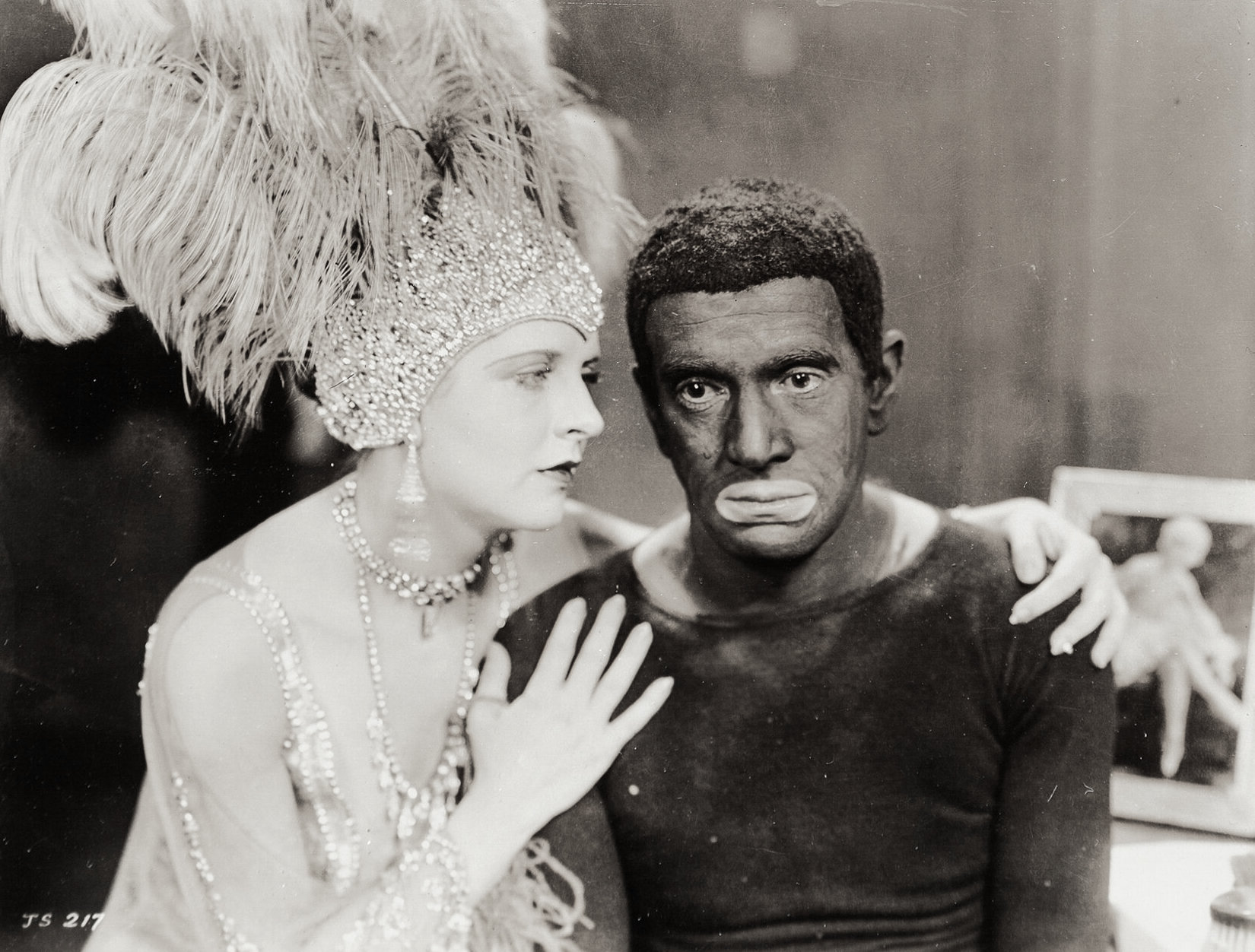
The transition from silent films to "talkies" in the late 1920s revolutionized the movie theater experience, forever changing the landscape of cinema. The Jazz Singer, released in 1927, was the first feature-length film to include synchronized dialogue, ushering in the era of sound films. This technological leap required theaters to invest in new sound systems, transforming the auditory experience of cinema. Theaters quickly adapted, and by the early 1930s, silent films had become a relic of the past. This shift not only altered the way stories were told on screen but also expanded the audience's emotional engagement, making the moviegoing experience more immersive and dynamic.
3. The Rise and Fall of Drive-In Theaters
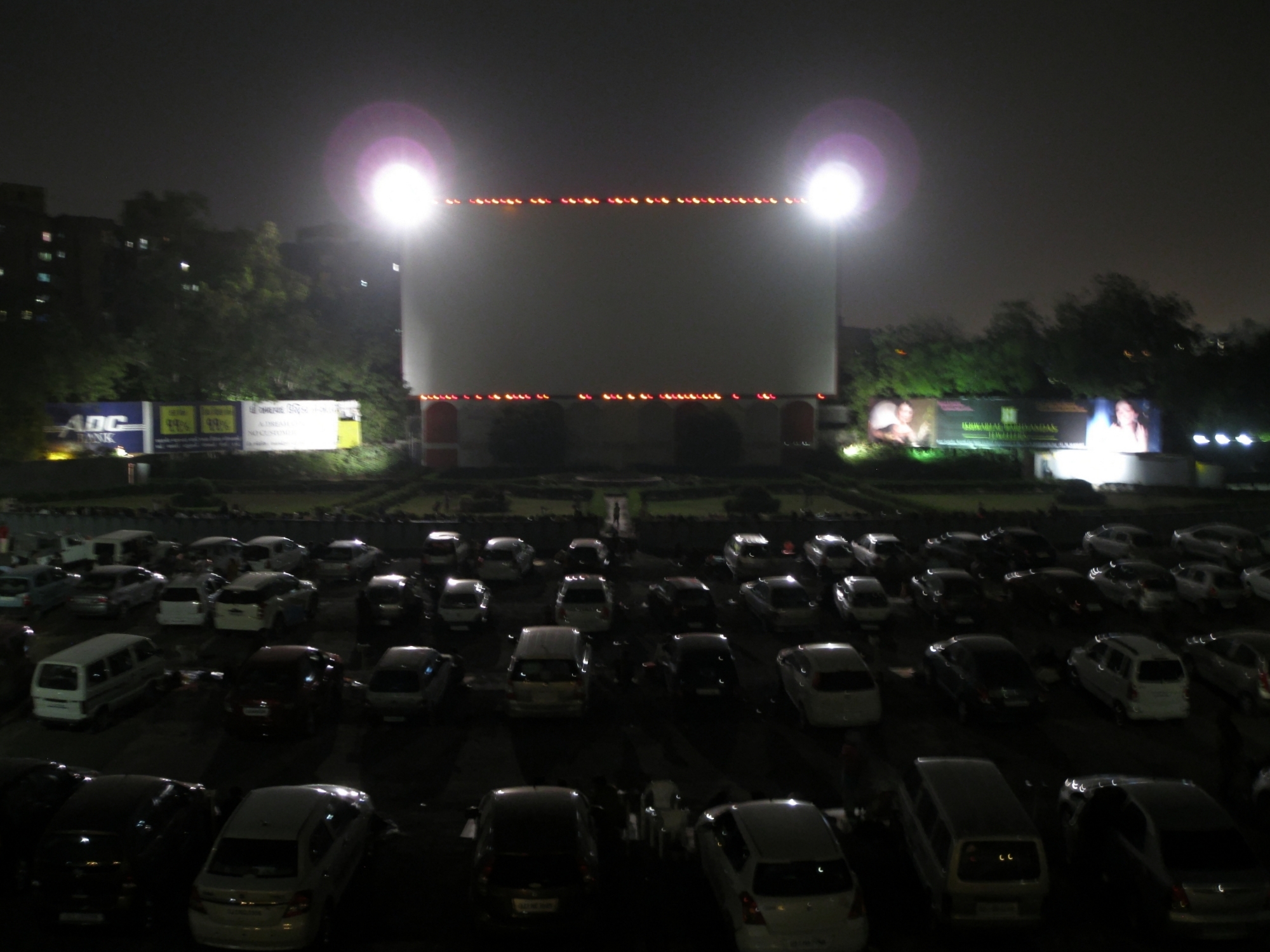
Drive-in theaters, a quintessentially American phenomenon, peaked in popularity in the 1950s and 60s. Offering a unique blend of privacy and community, drive-ins became a beloved pastime for families and young couples alike. At their height, there were over 4,000 drive-in theaters across the United States. However, the rise of multiplex cinemas, urbanization, and the advent of home entertainment systems led to their decline. Despite this, drive-ins have experienced a nostalgic resurgence in recent years, particularly during the COVID-19 pandemic, as people sought safe ways to enjoy movies outside their homes. This revival highlights the enduring appeal of watching films under the stars.
4. The Multiplex Boom and Its Impact
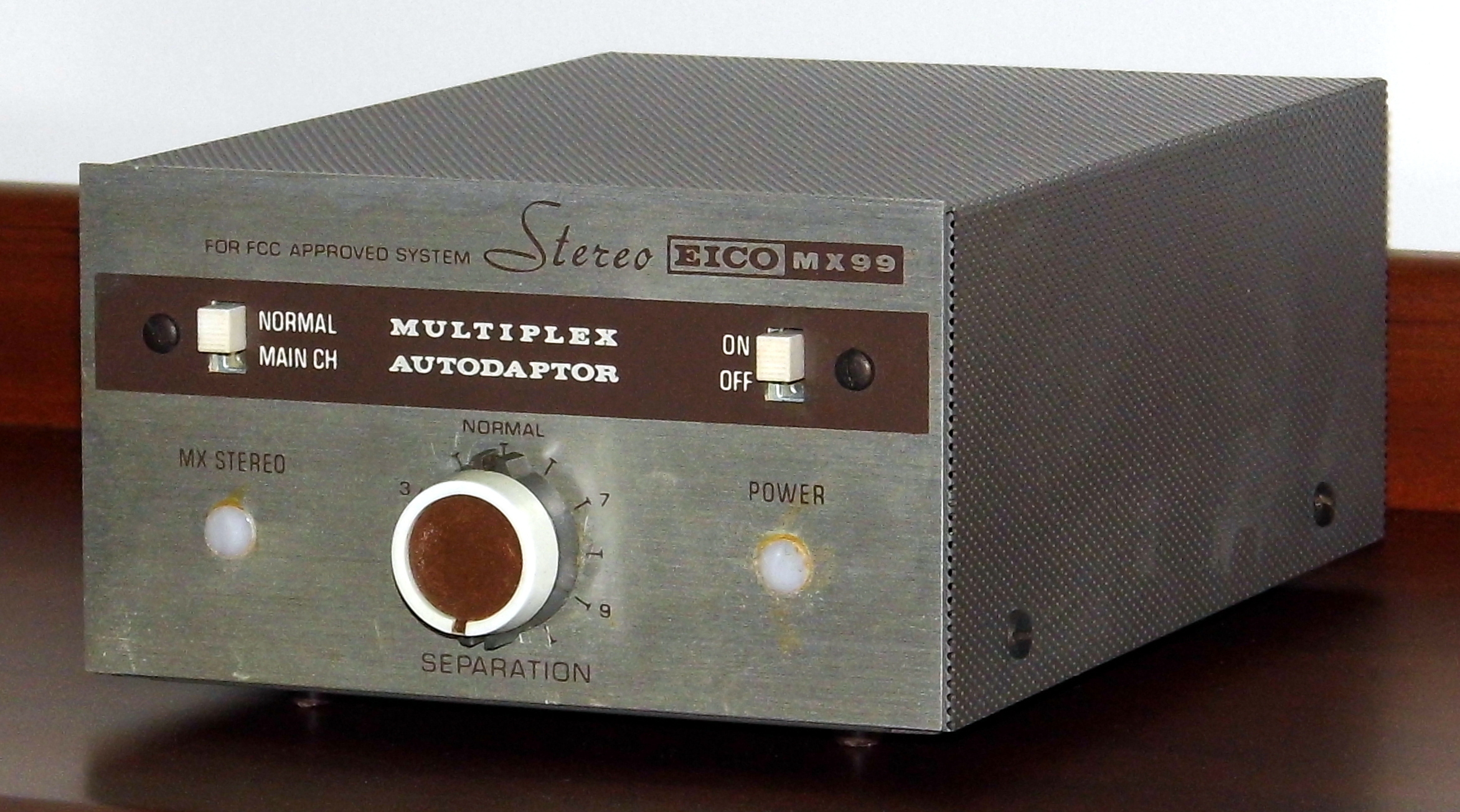
The multiplex model, pioneered in the late 1960s, revolutionized the movie theater industry by offering multiple screens within a single venue. This innovation allowed theaters to cater to diverse tastes and show a variety of films simultaneously, increasing both audience attendance and revenue. The first true multiplex, the AMC Parkway Twin in Kansas City, opened in 1963, setting a new standard for cinema exhibition. This model quickly spread worldwide, leading to the decline of single-screen theaters. While multiplexes have faced criticism for prioritizing quantity over quality, they have undeniably made cinema more accessible, accommodating the growing demand for diverse film options.
5. The Concession Stand: A Profit Powerhouse

Concession stands have long been a staple of the movie theater experience, offering snacks and beverages that enhance the enjoyment of a film. What many cinephiles may not realize is that concessions are a crucial source of revenue for theaters. With slim profit margins on ticket sales due to distribution agreements, theaters rely heavily on the sale of popcorn, candy, and drinks to stay profitable. Popcorn, in particular, has become synonymous with moviegoing, thanks to its low cost and high markup. This symbiotic relationship between films and food has become an integral part of the theater experience, contributing to the overall sensory delight of attending a movie.
6. The Art of Projection: Then and Now

Projection technology has come a long way since the days of hand-cranked projectors and nitrate film stock. The advent of digital projection in the early 2000s marked a significant shift, offering improved picture quality and reducing the risk of film degradation. This transition also allowed for greater flexibility in programming and distribution, enabling theaters to show a wider range of content, from blockbuster films to live broadcasts of concerts and sporting events. Despite the digital revolution, some theaters continue to uphold the tradition of 35mm and 70mm film projection, catering to purists who appreciate the warmth and texture of celluloid. This blend of old and new technologies ensures that the art of projection remains a vital component of the cinema experience.
7. The Role of Movie Theaters in Community Building

Beyond their function as entertainment venues, movie theaters have historically played a significant role in community building. They serve as gathering places where people from diverse backgrounds come together to share in the collective experience of storytelling. Many theaters host special events, film festivals, and screenings of local filmmakers' work, fostering a sense of community engagement and cultural exchange. In smaller towns, the local cinema often acts as a social hub, providing a space for communal interaction and dialogue. This aspect of movie theaters underscores their importance not just as sites of entertainment , but as vital contributors to the social fabric of communities.
8. The Future of Movie Theaters: Innovation and Adaptation

As the entertainment landscape continues to evolve, movie theaters face the challenge of staying relevant in an increasingly digital world. Innovations such as IMAX, 3D, and 4D experiences have added new dimensions to the traditional cinema experience, offering audiences sensory immersion that cannot be replicated at home. The rise of streaming services has prompted theaters to explore new business models, including subscription-based ticketing and enhanced amenities like luxury seating and gourmet dining. As theaters adapt to changing consumer preferences, they remain a testament to the enduring power of cinema as a shared cultural experience. The future of movie theaters lies in their ability to innovate while preserving the magic of the communal film experience.






